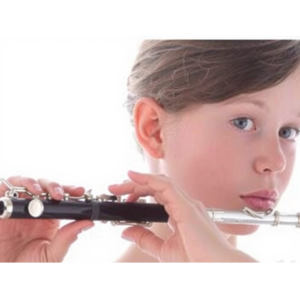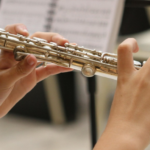 Why Every Flutist Should Learn the Piccolo
Why Every Flutist Should Learn the Piccolo
For many young flutists, picking up the piccolo for the first time feels like a rite of passage—and it is! Learning to play the piccolo opens up a new world of sound, skill, and musical opportunity. Whether you’re an intermediate student looking to expand your abilities or a marching band member hoping to stand out, mastering the piccolo is a smart step in any flutist’s journey.
My Piccolo Story
I began playing the piccolo when I was in eighth grade, and I’ve never looked back. That leap from flute to piccolo was both exciting and challenging. It helped shape me into a more confident, expressive musician—and I believe every serious flutist should eventually learn to play it.
The Benefits of Playing Piccolo
While the piccolo may be small, its benefits are huge:
-
Improved Tone and Pitch Control: Because of its high range, the piccolo demands precision. Regular practice will sharpen your ear and help you lock in on intonation.
-
Better Upper Register on Flute: Playing the piccolo strengthens your ability to control the high notes on your flute, making that third octave feel much more manageable.
-
Stronger Breath Support: Since the piccolo requires steady and focused air, it naturally improves your breath control—something every flutist can benefit from.
A Marching Band Essential
The piccolo truly shines in a marching band setting. It’s light, easy to carry, and projects well over a full ensemble outdoors. I personally preferred playing piccolo in marching band—both in high school and college. Its piercing tone cuts through the noise, giving it a unique and essential voice in any field show or parade.
Famous Piccolo Moments in Music
One of the most iconic pieces for piccolo is John Philip Sousa’s “The Stars and Stripes Forever.” The piccolo solo in this American march is legendary. I remember learning it in high school and performing it with pride. Every flutist should take the time to master that solo—not just for technical growth, but for the joy and energy it brings.
Other well-known pieces with featured piccolo parts include:
-
Beethoven’s Symphony No. 5 (Finale)
-
Tchaikovsky’s 1812 Overture
-
Shostakovich’s Symphony No. 5
These powerful works highlight just how expressive and thrilling the piccolo can be in both orchestral and band music.
Final Thoughts
Learning the piccolo is more than just a new challenge—it’s an opportunity to become a better musician. Whether you’re preparing for marching season, looking to stand out in band auditions, or just wanting to explore a new voice within the flute family, the piccolo is an incredibly rewarding instrument to learn.
Ready to add piccolo to your repertoire?
I teach both flute and piccolo at Music Makers for Life in Crystal Lake, Illinois and online. Visit CountryFlutist.com to learn more or schedule your first lesson.








